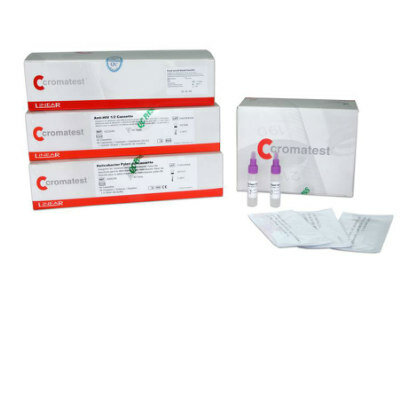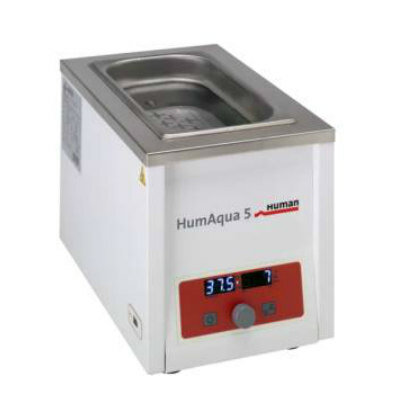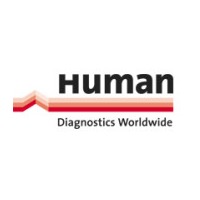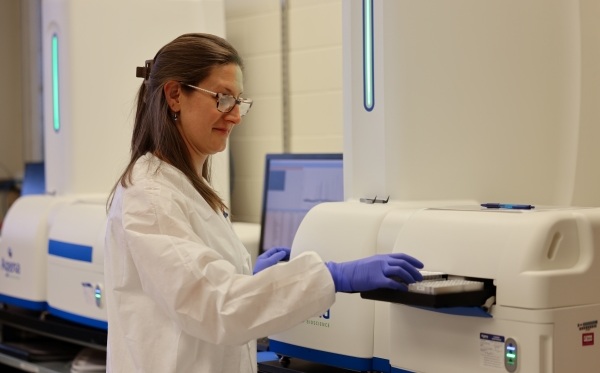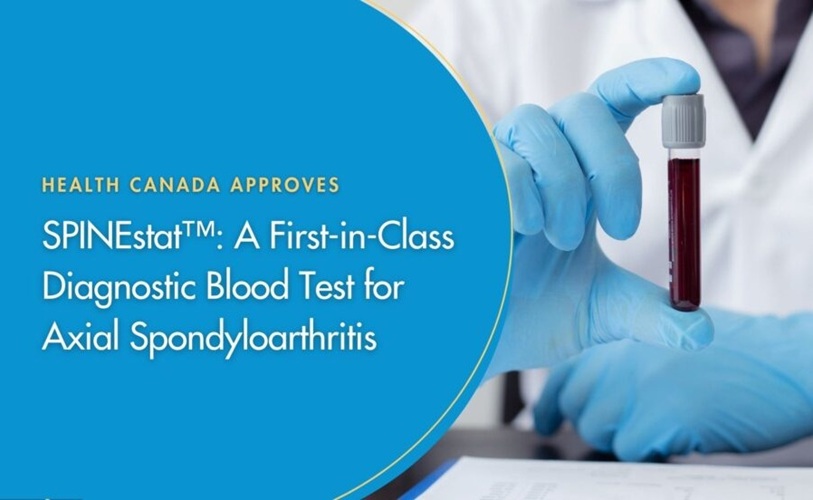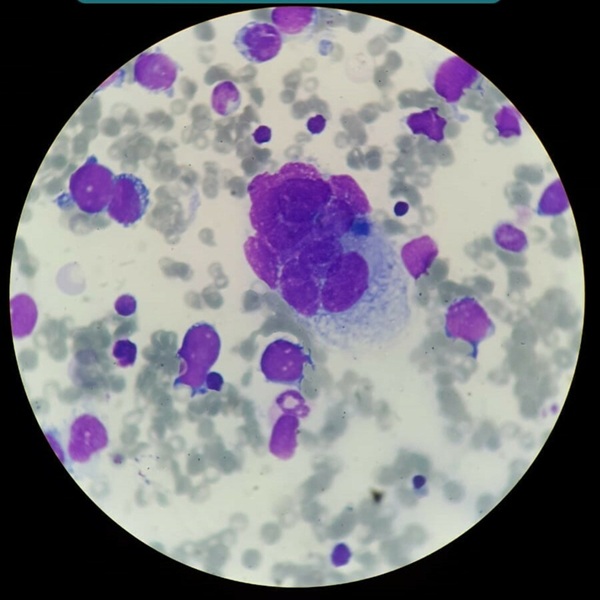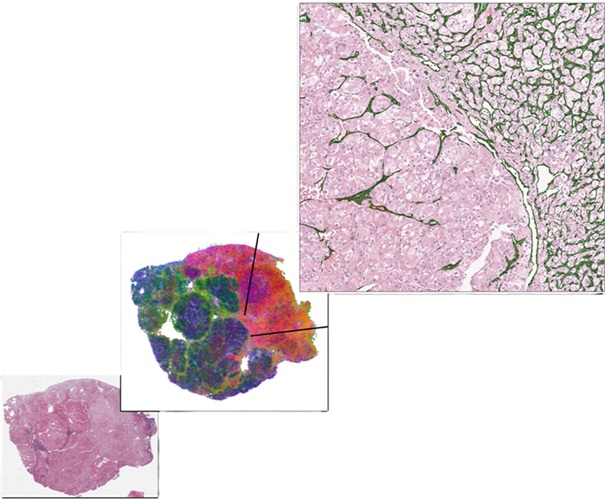New Gold and Copper Nanoshell-Enhanced Immunoblotting Technique Makes POC Diagnosis of Tuberculosis Easier
|
By LabMedica International staff writers Posted on 09 Sep 2020 |
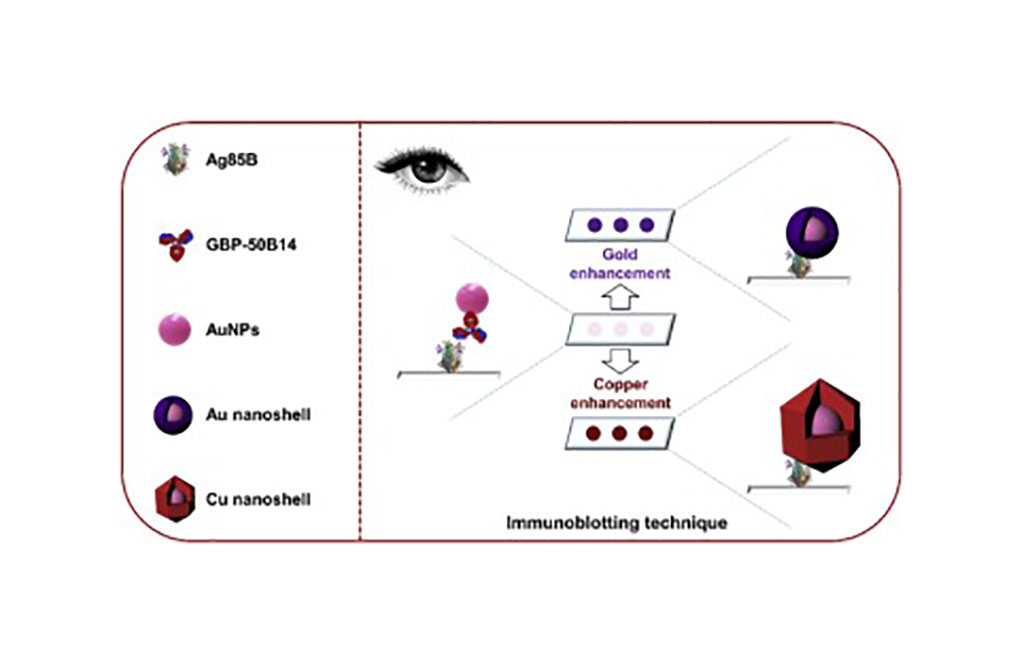
Illustration
A team of researchers have developed a straightforward and naked-eye-sensitive nanoshell-enhanced immunoblotting technique to detect Mycobacterium tuberculosis (MTB) antigen 85B (Ag85B).
The group of researchers from DxGen Corporation (Gunpo-si, Gyeonggi-do, Korea), Chung-Ang University, ASAN Medical Center, and Choongnam National University Medical School has developed a novel gold binding peptide (GBP) that specifically binds to Ag85B secreted from MTB. Also, a new Cu or Gold ion treatment method was proposed to intensify the colorimetric signal of gold nanoparticles (AuNP). Research has revealed that the economical paper-based colorimetric detection method can easily diagnose active TB with only a small amount of urine sample with high sensitivity.
The process involves sequentially dropping a urine sample containing the secretion of MTB and the AuNP-GBP conjugate onto a piece of nitrocellulose membrane paper. After that, a solution containing Cu or Gold ions is dropped on the membrane that combines with AuNPs to form a new ‘shell-shape’ nanostructure by changing the size and shape. This results in enhancing the colorimetric signal to make it strong enough to easily be detected by the naked eye. Since the developed immunoassay directly detects the antigen, it can significantly reduce false positives caused by latent TB or a past infection. Furthermore, Cu- or Gold ion treatment intensifies the colorimetric signal by 20 times, making it stronger to detect very low concentrations even with a smartphone or optical analyzer (0.93 ng/ml and 0.21 ng/ml for Cu- or Gold ion treatment, respectively).
A clinical study conducted for 52 urine samples composed of active TB, latent TB, NTM and non-infected subjects showed that the infected samples had either Ag85B or CFP10 antigens. The results demonstrated that the developed assay has a sensitivity and specificity of 71.4% and 86.7%, respectively.
"The biggest challenge in detecting POCT TB is to generate signals strong enough to be detected by inexpensive systems. By using the technology we developed, qualitative detection is possible with the naked eye, so that it can be used in low-resource countries," said Dr. Prof. Tae-Jung Park from the Chungang University, the corresponding author of the published paper.
"To implement a cost-effective product to help ending TB in various countries, we will commercialize the research results by implementing on the Epithod(R) analyzer and test kit platform," said Dr. Jinwoo Lee, CEO of DxGen Corp.
The group of researchers from DxGen Corporation (Gunpo-si, Gyeonggi-do, Korea), Chung-Ang University, ASAN Medical Center, and Choongnam National University Medical School has developed a novel gold binding peptide (GBP) that specifically binds to Ag85B secreted from MTB. Also, a new Cu or Gold ion treatment method was proposed to intensify the colorimetric signal of gold nanoparticles (AuNP). Research has revealed that the economical paper-based colorimetric detection method can easily diagnose active TB with only a small amount of urine sample with high sensitivity.
The process involves sequentially dropping a urine sample containing the secretion of MTB and the AuNP-GBP conjugate onto a piece of nitrocellulose membrane paper. After that, a solution containing Cu or Gold ions is dropped on the membrane that combines with AuNPs to form a new ‘shell-shape’ nanostructure by changing the size and shape. This results in enhancing the colorimetric signal to make it strong enough to easily be detected by the naked eye. Since the developed immunoassay directly detects the antigen, it can significantly reduce false positives caused by latent TB or a past infection. Furthermore, Cu- or Gold ion treatment intensifies the colorimetric signal by 20 times, making it stronger to detect very low concentrations even with a smartphone or optical analyzer (0.93 ng/ml and 0.21 ng/ml for Cu- or Gold ion treatment, respectively).
A clinical study conducted for 52 urine samples composed of active TB, latent TB, NTM and non-infected subjects showed that the infected samples had either Ag85B or CFP10 antigens. The results demonstrated that the developed assay has a sensitivity and specificity of 71.4% and 86.7%, respectively.
"The biggest challenge in detecting POCT TB is to generate signals strong enough to be detected by inexpensive systems. By using the technology we developed, qualitative detection is possible with the naked eye, so that it can be used in low-resource countries," said Dr. Prof. Tae-Jung Park from the Chungang University, the corresponding author of the published paper.
"To implement a cost-effective product to help ending TB in various countries, we will commercialize the research results by implementing on the Epithod(R) analyzer and test kit platform," said Dr. Jinwoo Lee, CEO of DxGen Corp.
Latest Immunology News
- Stem Cell Test Predicts Treatment Outcome for Patients with Platinum-Resistant Ovarian Cancer
- Machine Learning-Enabled Blood Test Predicts Immunotherapy Response in Lymphoma Patients
- Post-Treatment Blood Test Could Inform Future Cancer Therapy Decisions
- Cerebrospinal Fluid Test Predicts Dangerous Side Effect of Cancer Treatment
- New Test Measures Preterm Infant Immunity Using Only Two Drops of Blood
- Simple Blood Test Could Help Choose Better Treatments for Patients with Recurrent Endometrial Cancer
- Novel Analytical Method Tracks Progression of Autoimmune Diseases
- 3D Bioprinted Gastric Cancer Model Uses Patient-Derived Tissue Fragments to Predict Drug Response
- Blood Test for Fungal Infections Could End Invasive Tissue Biopsies
- Cutting-Edge Microscopy Technology Enables Tailored Rheumatology Therapies
- New Discovery in Blood Immune Cells Paves Way for Parkinson's Disease Diagnostic Test
- AI Tool Uses Routine Blood Tests to Predict Immunotherapy Response for Various Cancers
- Blood Test Can Predict How Long Vaccine Immunity Will Last
- Microfluidic Chip-Based Device to Measure Viral Immunity
Channels
Clinical Chemistry
view channel
AI-Powered Blood Test Accurately Detects Ovarian Cancer
Ovarian cancer ranks as the fifth leading cause of cancer-related deaths in women, largely due to late-stage diagnoses. Although over 90% of women exhibit symptoms in Stage I, only 20% are diagnosed in... Read more
Automated Decentralized cfDNA NGS Assay Identifies Alterations in Advanced Solid Tumors
Current circulating cell-free DNA (cfDNA) assays are typically centralized, requiring specialized handling and transportation of samples. Introducing a flexible, decentralized sequencing system at the... Read more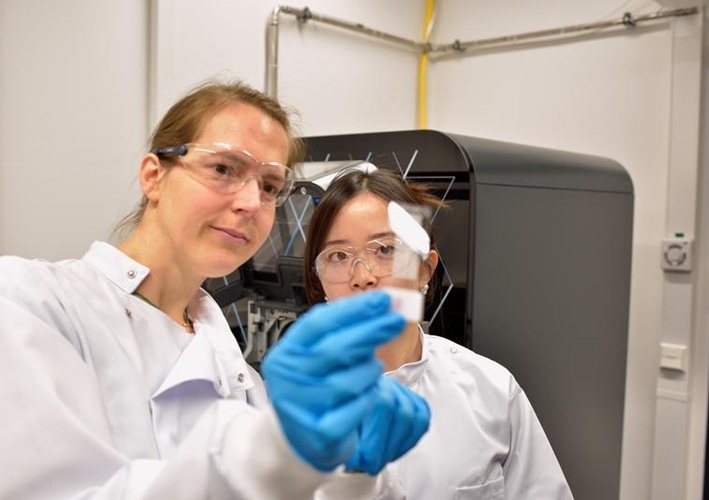
Mass Spectrometry Detects Bacteria Without Time-Consuming Isolation and Multiplication
Speed and accuracy are essential when diagnosing diseases. Traditionally, diagnosing bacterial infections involves the labor-intensive process of isolating pathogens and cultivating bacterial cultures,... Read more
First Comprehensive Syphilis Test to Definitively Diagnose Active Infection In 10 Minutes
In the United States, syphilis cases have surged by nearly 80% from 2018 to 2023, with 209,253 cases recorded in the most recent year of data. Syphilis, which can be transmitted sexually or from mother... Read moreMolecular Diagnostics
view channel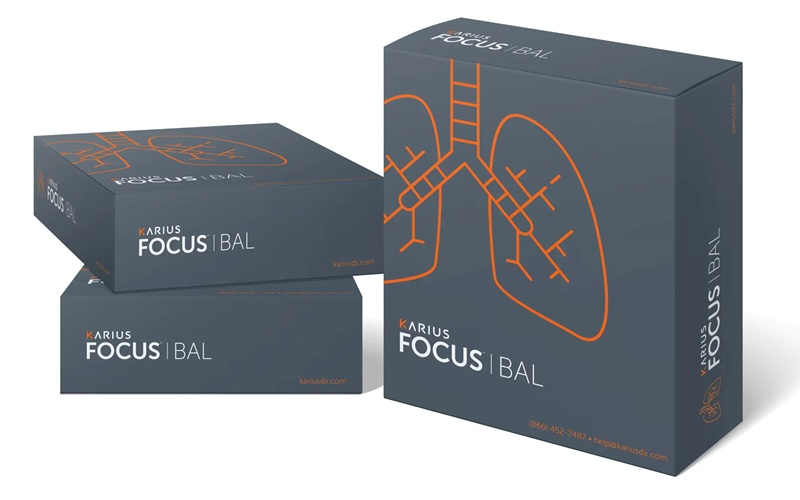
Microbial Cell-Free DNA Test Accurately Identifies Pathogens Causing Pneumonia and Other Lung Infections
Bronchoalveolar lavage (BAL) is a commonly used procedure for diagnosing lung infections, especially in immunocompromised patients. However, standard tests often fail to pinpoint the exact pathogen, leading... Read more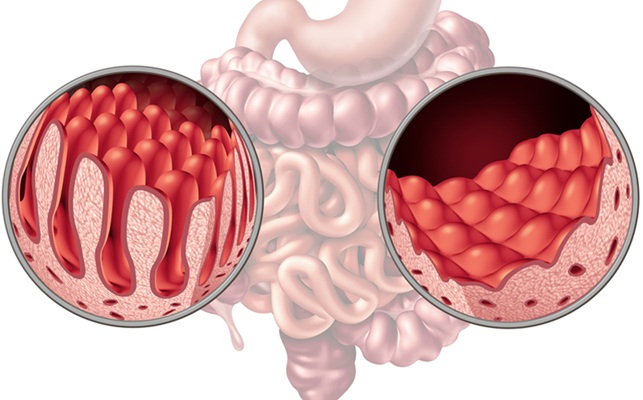
Non-Biopsy Approach to Transform Adult Celiac Disease Diagnoses
In the United States, the diagnosis of celiac disease in adults typically relies on a combination of serologic testing and a confirmatory small bowel biopsy during upper endoscopy. In contrast, European... Read moreHematology
view channel
First Point-of-Care Heparin Monitoring Test Provides Results in Under 15 Minutes
Heparin dosing requires careful management to avoid both bleeding and clotting complications. In high-risk situations like extracorporeal membrane oxygenation (ECMO), mortality rates can reach about 50%,... Read more
New Scoring System Predicts Risk of Developing Cancer from Common Blood Disorder
Clonal cytopenia of undetermined significance (CCUS) is a blood disorder commonly found in older adults, characterized by mutations in blood cells and a low blood count, but without any obvious cause or... Read moreMicrobiology
view channel
New Blood Test Detects Up to Five Infectious Diseases at POC
Researchers have developed a prototype flow-through assay capable of detecting up to five different infections, with results that can be quickly analyzed and transmitted via a specialized smartphone app.... Read more
Molecular Stool Test Shows Potential for Diagnosing TB in Adults with HIV
Tuberculosis (TB), caused by the bacterium Mycobacterium tuberculosis, led to 1.25 million deaths in 2023, with 13% of those occurring in people living with HIV. The current primary diagnostic method for... Read morePathology
view channel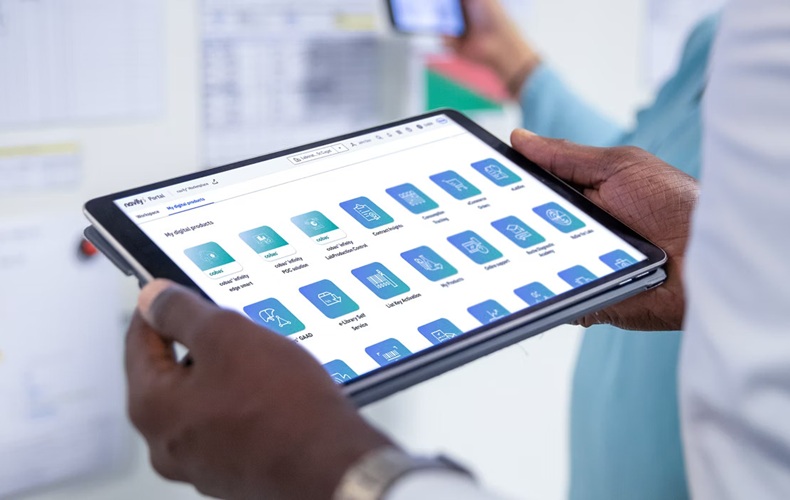
Groundbreaking Chest Pain Triage Algorithm to Transform Cardiac Care
Cardiovascular disease is responsible for a third of all deaths worldwide, and chest pain is the second most common reason for emergency department (ED) visits. With EDs often being some of the busiest... Read more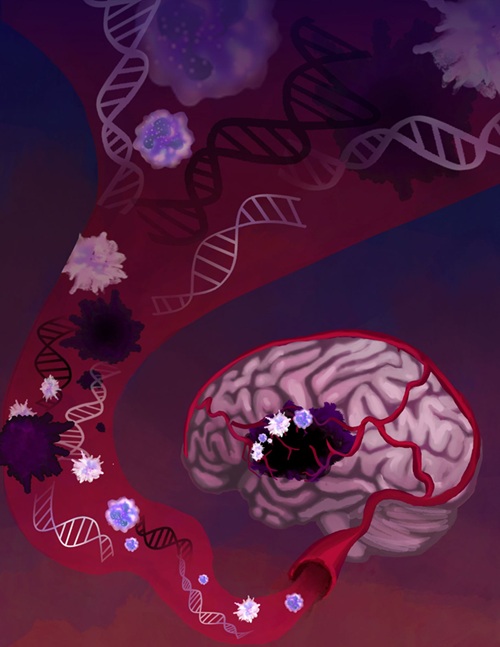
AI-Based Liquid Biopsy Approach to Revolutionize Brain Cancer Detection
Detecting brain cancers remains extremely challenging, with many patients only receiving a diagnosis at later stages after symptoms like headaches, seizures, or cognitive issues appear. Late-stage diagnoses... Read moreTechnology
view channel
Advanced Predictive Algorithms Identify Patients Having Undiagnosed Cancer
Two newly developed advanced predictive algorithms leverage a person’s health conditions and basic blood test results to accurately predict the likelihood of having an undiagnosed cancer, including ch... Read more
Light Signature Algorithm to Enable Faster and More Precise Medical Diagnoses
Every material or molecule interacts with light in a unique way, creating a distinct pattern, much like a fingerprint. Optical spectroscopy, which involves shining a laser on a material and observing how... Read more
Disposable Microchip Technology Could Selectively Detect HIV in Whole Blood Samples
As of the end of 2023, approximately 40 million people globally were living with HIV, and around 630,000 individuals died from AIDS-related illnesses that same year. Despite a substantial decline in deaths... Read more
Pain-On-A-Chip Microfluidic Device Determines Types of Chronic Pain from Blood Samples
Chronic pain is a widespread condition that remains difficult to manage, and existing clinical methods for its treatment rely largely on self-reporting, which can be subjective and especially problematic... Read moreIndustry
view channel
Cepheid and Oxford Nanopore Technologies Partner on Advancing Automated Sequencing-Based Solutions
Cepheid (Sunnyvale, CA, USA), a leading molecular diagnostics company, and Oxford Nanopore Technologies (Oxford, UK), the company behind a new generation of sequencing-based molecular analysis technologies,... Read more
Grifols and Tecan’s IBL Collaborate on Advanced Biomarker Panels
Grifols (Barcelona, Spain), one of the world’s leading producers of plasma-derived medicines and innovative diagnostic solutions, is expanding its offer in clinical diagnostics through a strategic partnership... Read more




